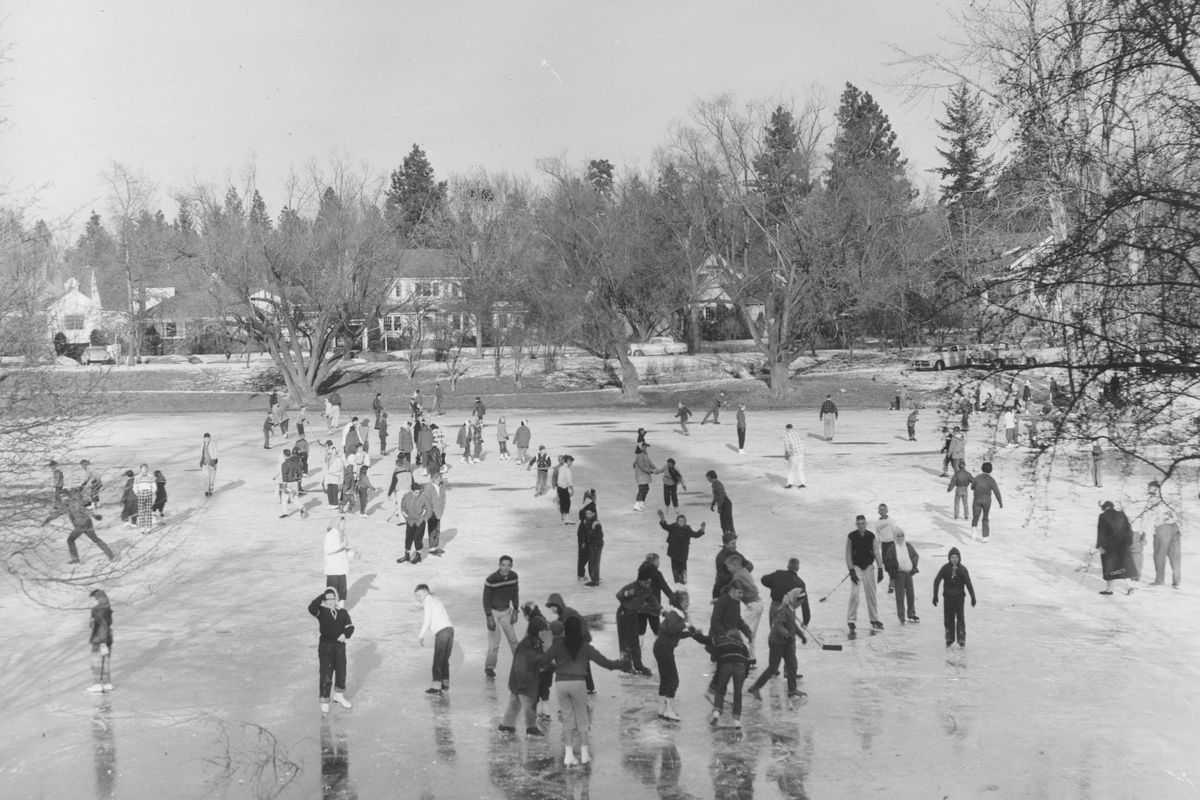Then and Now: Cannon Hill Park

Shortly after the turn of the 20th century, Adams Park was the name given to an abandoned brickworks in the middle of a newly platted neighborhood on Spokane’s South Hill. A grandson of President John Quincy Adams owned the 13-acre irregular parcel.
Bricks from the clay deposit there can be found in many downtown buildings, including The Spokesman-Review tower. When the clay ran out, the landscape was left with shallow depressions from digging. The holes held water where kids would wade in the summer and skate in the winter.
When Aubrey White, the first parks board president, learned that Olmsted Brothers, Landscape Architects, a firm from Brookline, Massachusetts, would be working in Seattle and Portland in 1907, he hired them to survey Spokane parks. The Olmsteds brought an urban ethic to parks planning, believing the aesthetics of beautiful parks and open space were as important to city life as utilities and paved streets.
After multiple visits in 1907 and 1908, the Olmsteds delivered a report with recommendations for new and existing parks. Some of their suggestions, like a fountain and a bandstand for Corbin Park, were rejected immediately, but other ideas were incorporated into Manito Park and Liberty Park. The report described plans for Adams Park, which was renamed Cannon Hill Park after real estate developer A.M. Cannon.
The design called for a stone bridge between the larger east pond and shallower west wading pool. There was a stone shelter with pergolas.
Over the years the pond started leaking water, causing the west end to dry up. The city added a free-flowing water spigot to keep the larger pond full. The original stone shelter is gone, as are many of the shading willow trees, which were damaged in the 1996 ice storm. But the spirit of the Olmsteds’ vision is still seen.
In 1908 they wrote: “The arrangements in this park should be refined and pretty and adapted to quiet recreation, on the assumption that the larger boys of the neighborhood can easily walk as far as Manito Park for ballgames and other sports.”
Jesse Tinsley